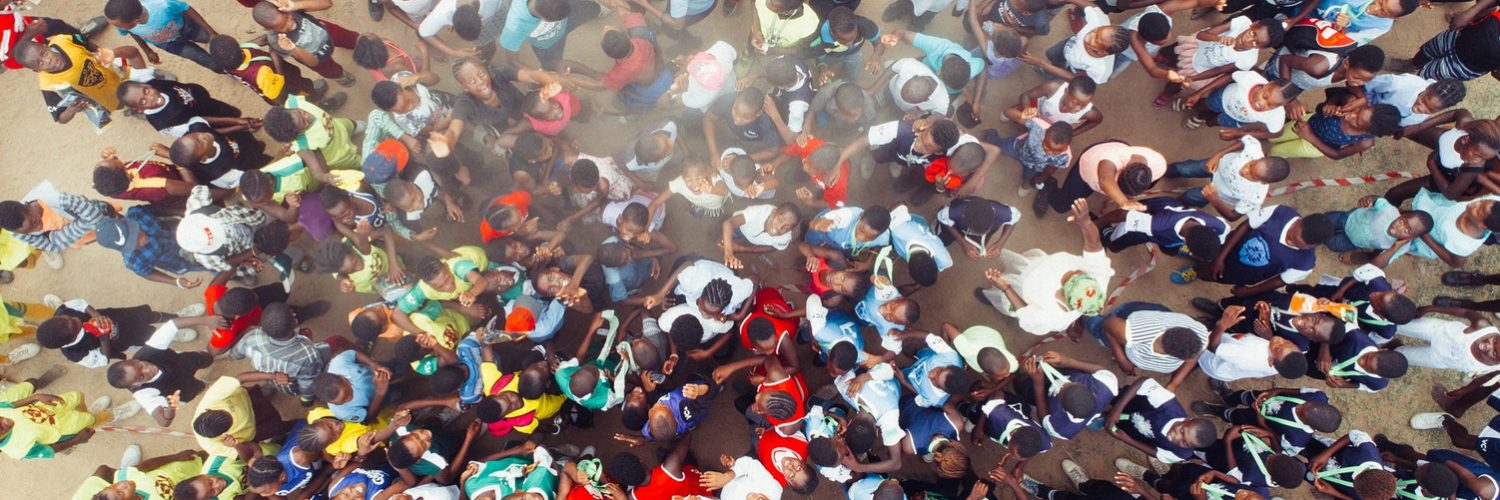
Hot Topics Discussions – Strategies to bring communities and municipalities together
The webinar Strategies to bring communities and municipalities together took place on the 17th of January 2019, the first hot topics webinar of 2019.
Cristiano Bottone, from Transition Italia, was the first presenter and introduced the concept of “groups vs fluxes” and how to deal with complexity.
Then three presenters showed best local practices of citizens and municipalities committed to work together:
- Luis Keel Pereira, from Telheiras Parceria Local (Lisbon, Portugal), pilot project of the Municipalities in Transition project, explained the way the municipality joined the local partnership association to improve synergies in the neighborhood. Citizens are engaged in the life of the neighborhood through festivals and events, where in those occasions there are reserved spaces for discussing and sharing about the community.
- Òscar Gussinyer, from Resilience.Earth coop, presented the project in the bioregion of La Garrotxa (Catalunya, Spain), also pilot project of the Municipalities in Transition project, and the relationships between consortium, civil society and local administrations. It was remarked how important was the work of the cooperative in bridging local administration with communities. Open activities, personal relationships and public presence are also important ingredients for the successful collaborative project in La Garrotxa.
- Lucia Aboutaoufik, from 21solutions (Bruxelles, Belgium), takes the role of facilitator in the VILCO (Ville Colaborative) project as third actor helping municipality and community-led actions to collaborate. She also discussed the methodologies used during the facilitation of the participative process.
The second half of the webinar saw a very fruitful interaction among participants and co-presenters, and we could dig deeper in certain particular aspects of each project.
It has been a very useful discussion for learning how to apply certain successful practices in different environments. Hopefully the “red dots” will infect more and more people 🙂
Shared resources
From Presenters:
- Cristiano Bottone – Transition Italy. Presentation “Groups and Fluxes”
- Luis Pereira – Parceria Local de Telheiras
- Parceria Local list of members: http://vivertelheiras.pt/tipo/parceria-local/ (portuguese)
- Web Platform Viver Telheiras http://vivertelheiras.pt/ (portuguese)
- Facebook Page Viver Telheiras https://www.facebook.com/vivertelheiras/
- Óscar Gussinyer – La Garrotxa Territori resilient
- www.garrotxaresilient.cat
- Resilience.earth cooperative http://resilience.earth (catalan)
- Lucia Aboutouafik – the VILCO project – Guideline of the intervention
- Here you can find more information on the project, actors and methodologies. On the blog you can read stories and watch videos about the different meetings that took places in the different Living Labs: http://vilco.brussels/?page_id=6 (fr, nl)
- 21solutions website for those who want to know more about our work on participation: https://www.21solutions.eu/topic/participation/ (en, fr, nl )
- To know more about group dynamic and facilitations: http://micropolitiques.collectifs.net/ (french)
Leave a comment